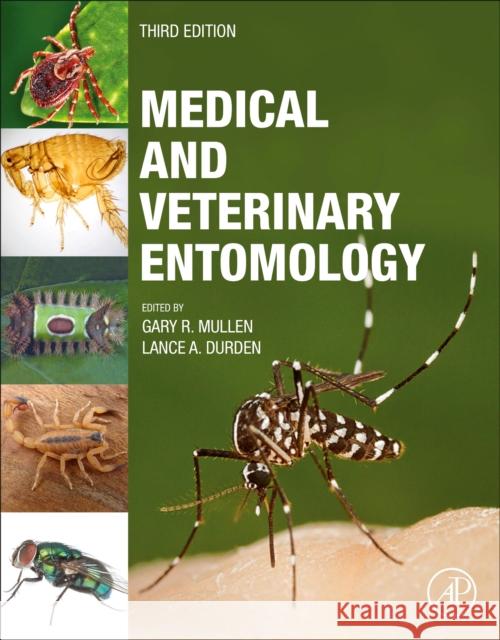Medical and Veterinary Entomology » książka
topmenu
Medical and Veterinary Entomology
ISBN-13: 9780128140437 / Angielski / Miękka / 2018 / 792 str.
Kategorie:
Kategorie BISAC:
Wydawca:
Academic Press
Język:
Angielski
ISBN-13:
9780128140437
Rok wydania:
2018
Ilość stron:
792
Waga:
2.09 kg
Wymiary:
27.69 x 21.08 x 3.81
Oprawa:
Miękka
Wolumenów:
01
Dodatkowe informacje:
Bibliografia
Glosariusz/słownik
Wydanie ilustrowane
Glosariusz/słownik
Wydanie ilustrowane











